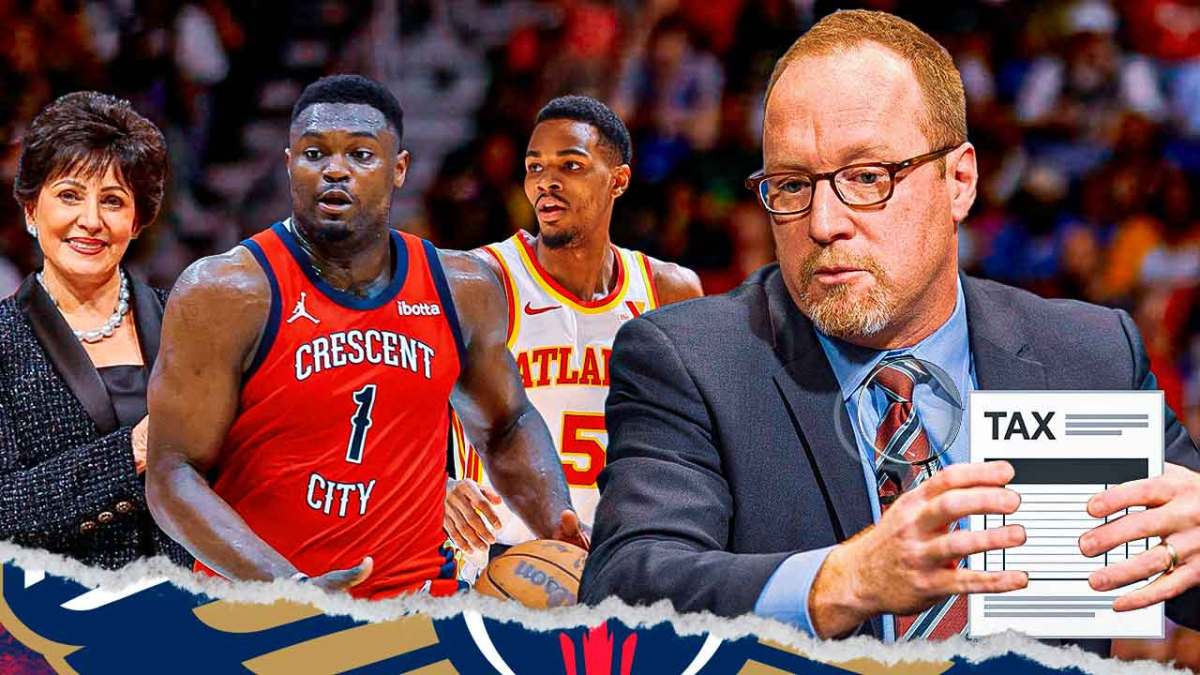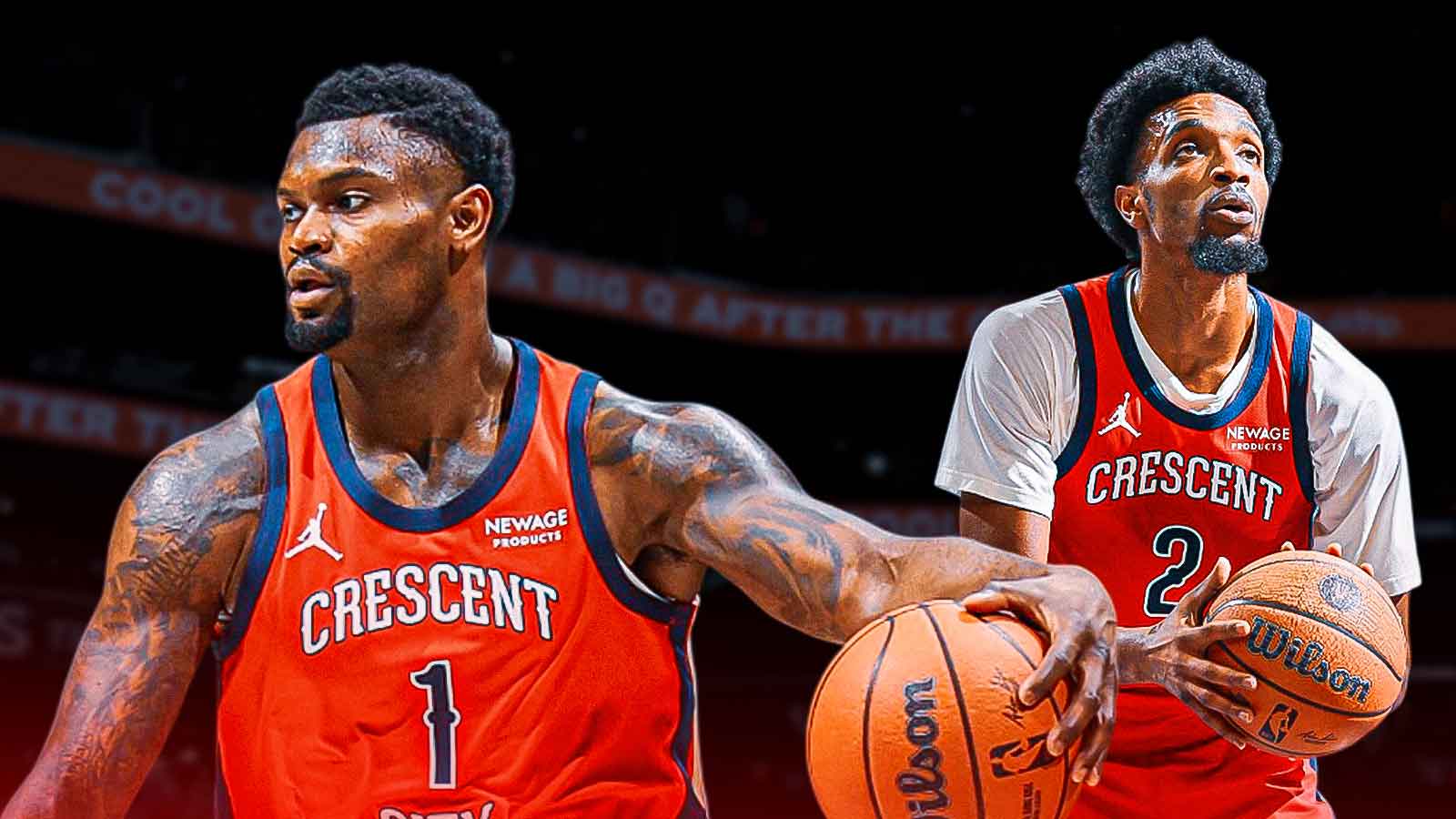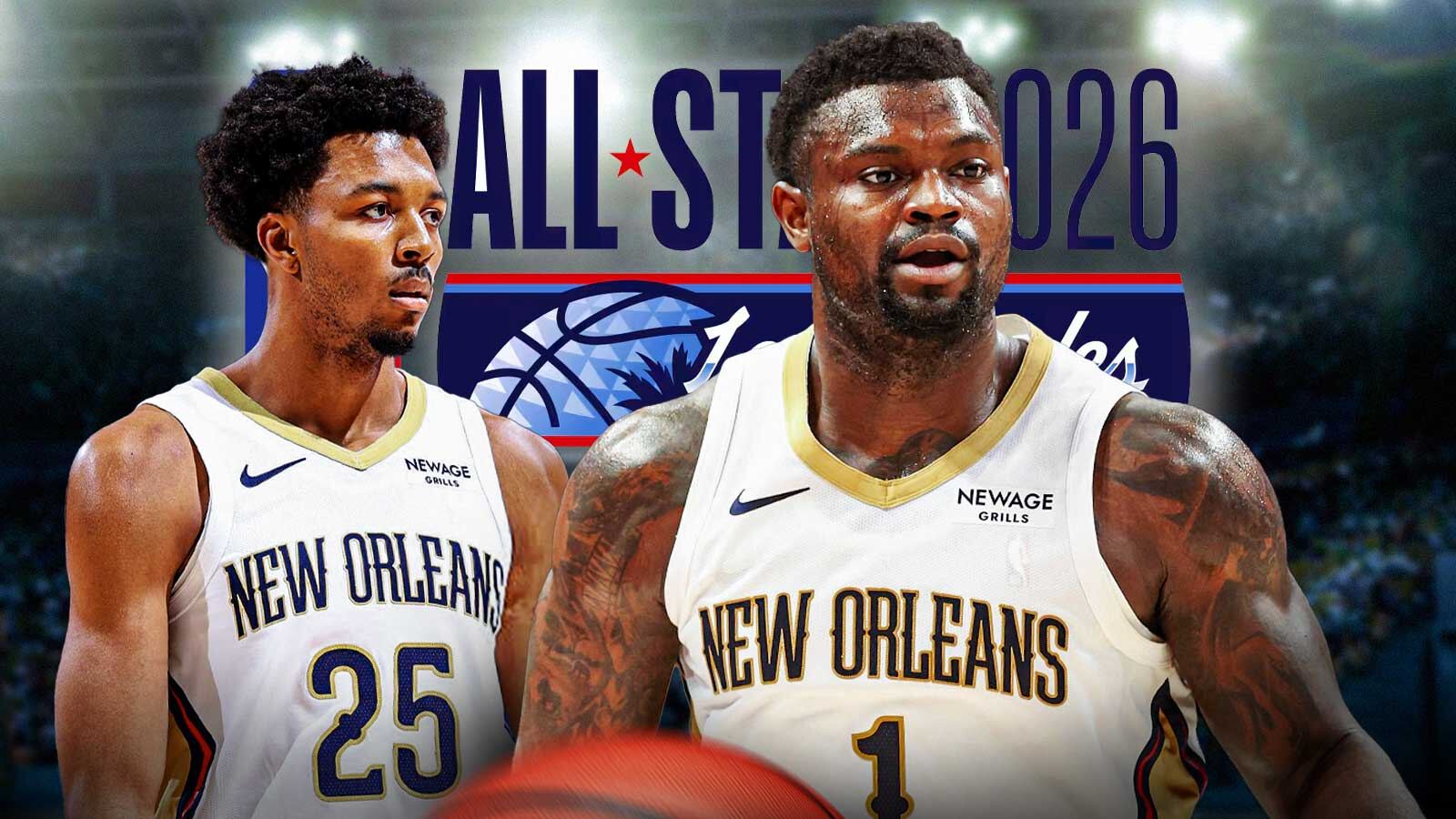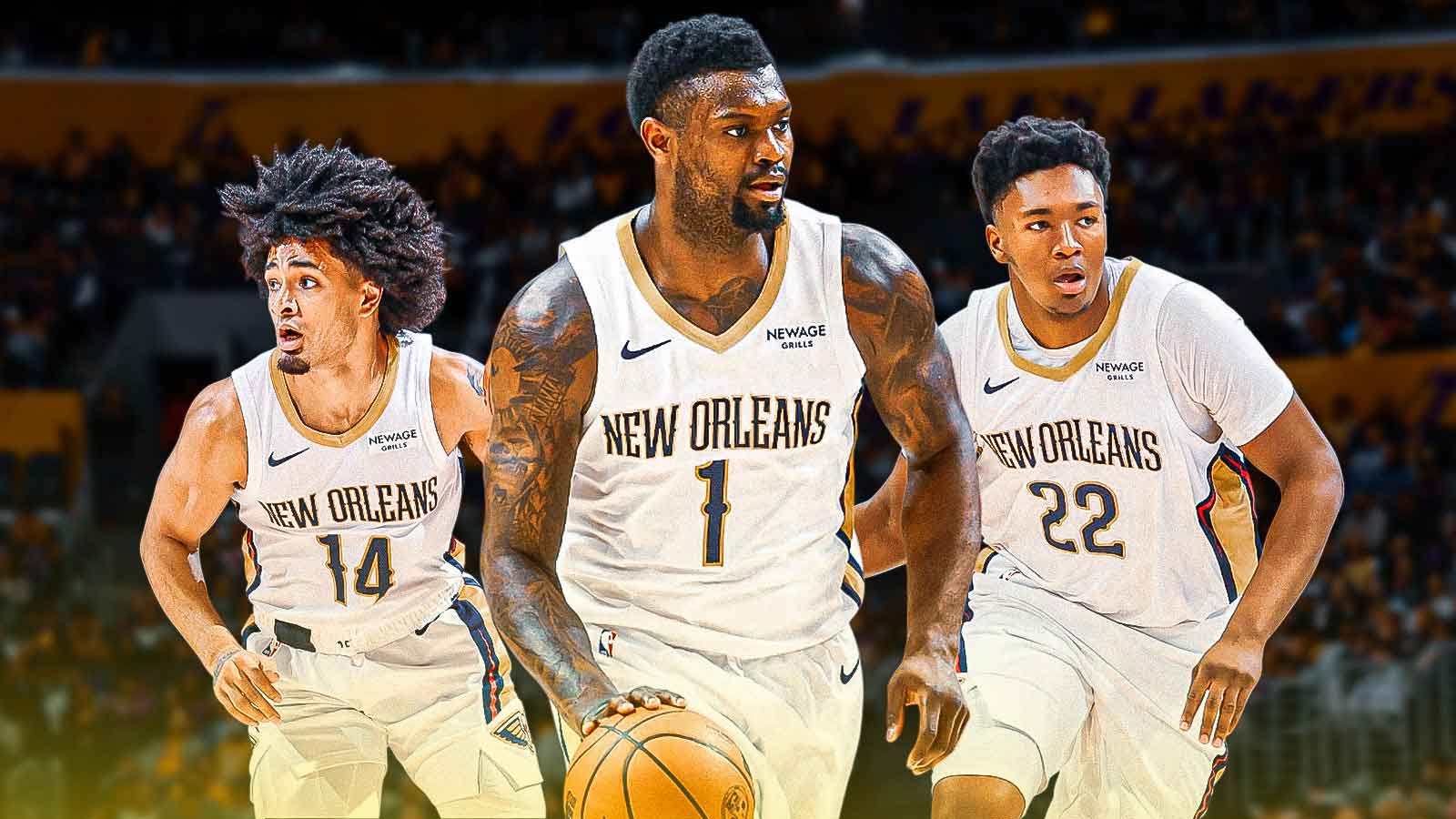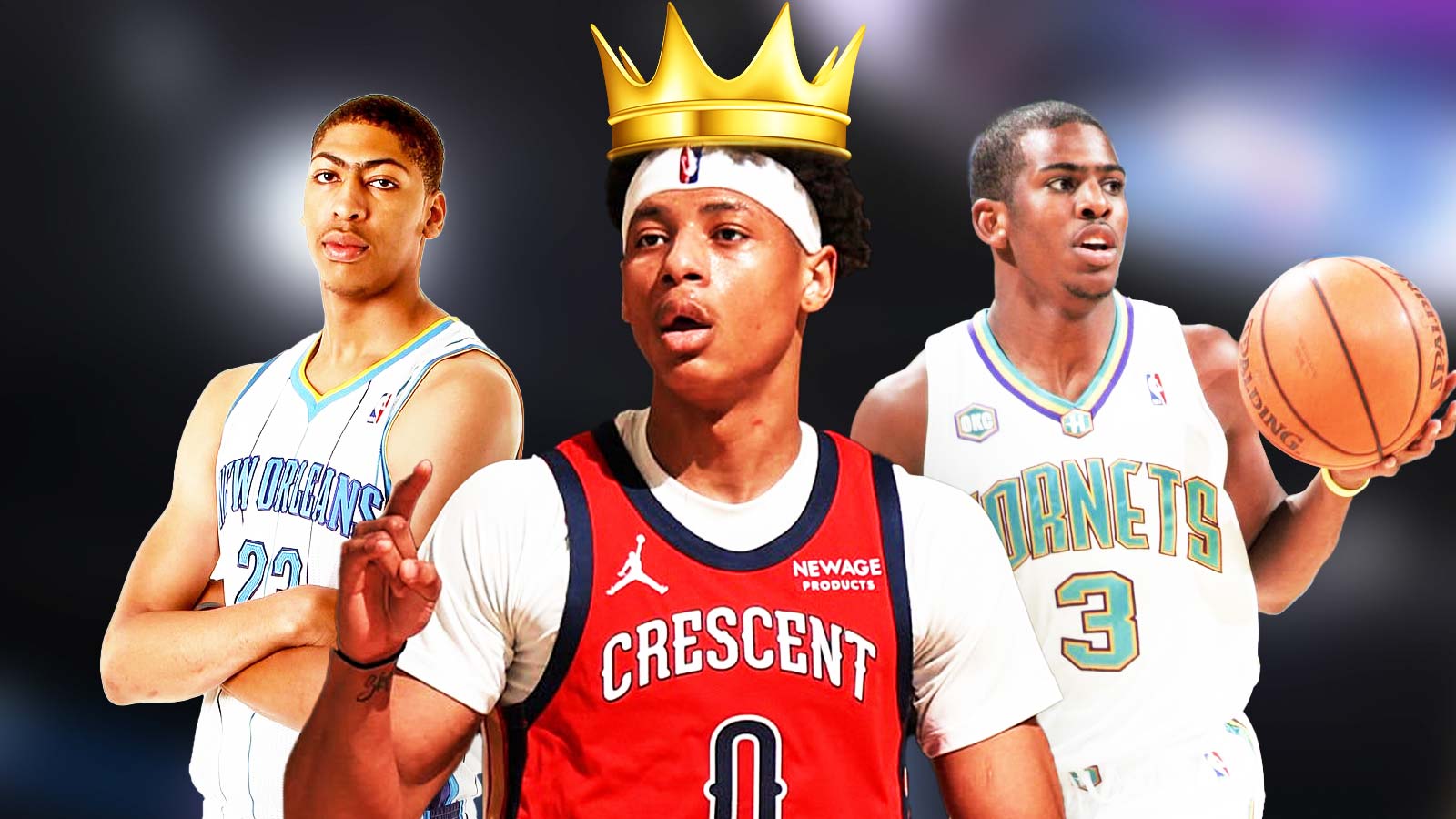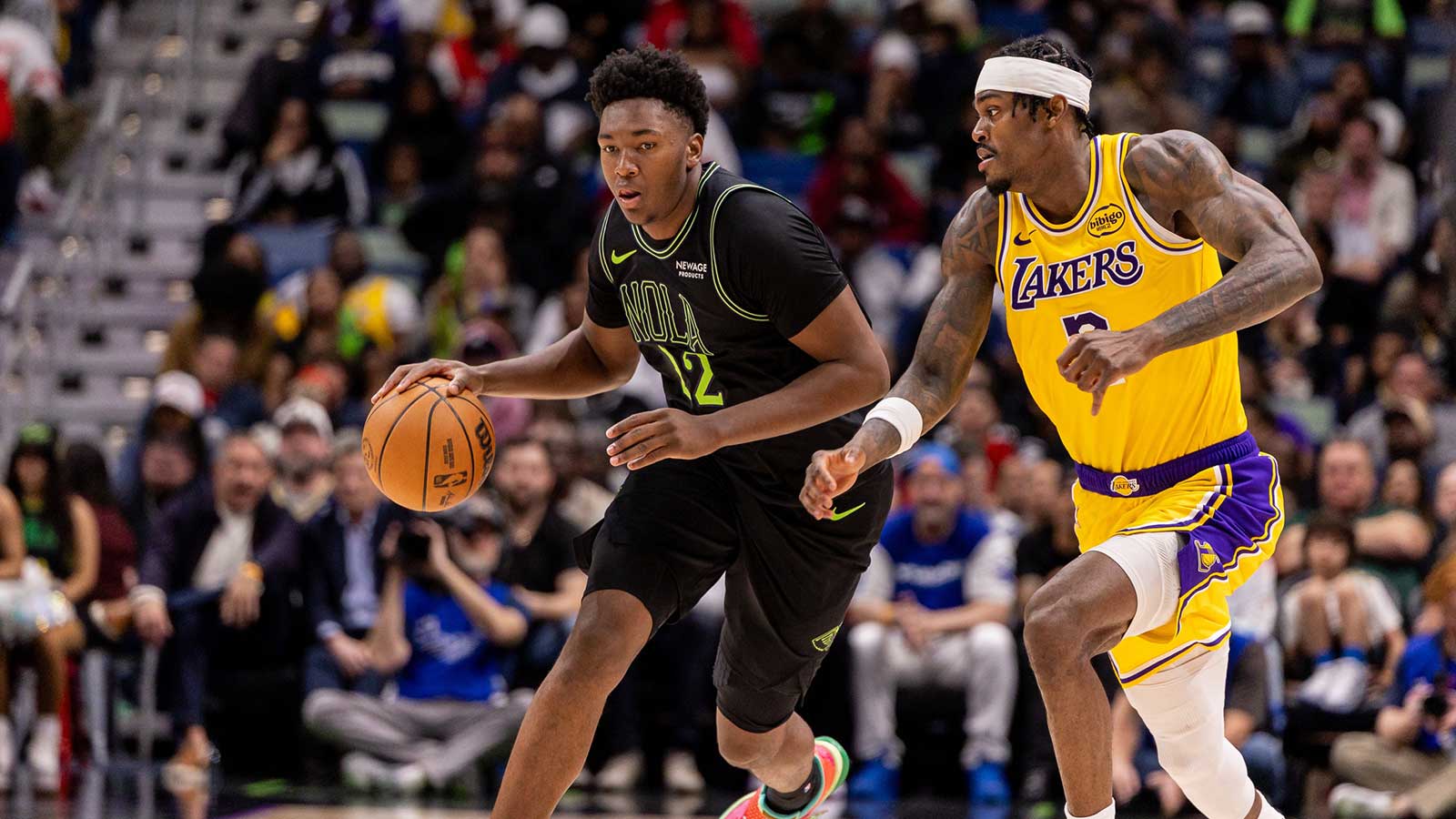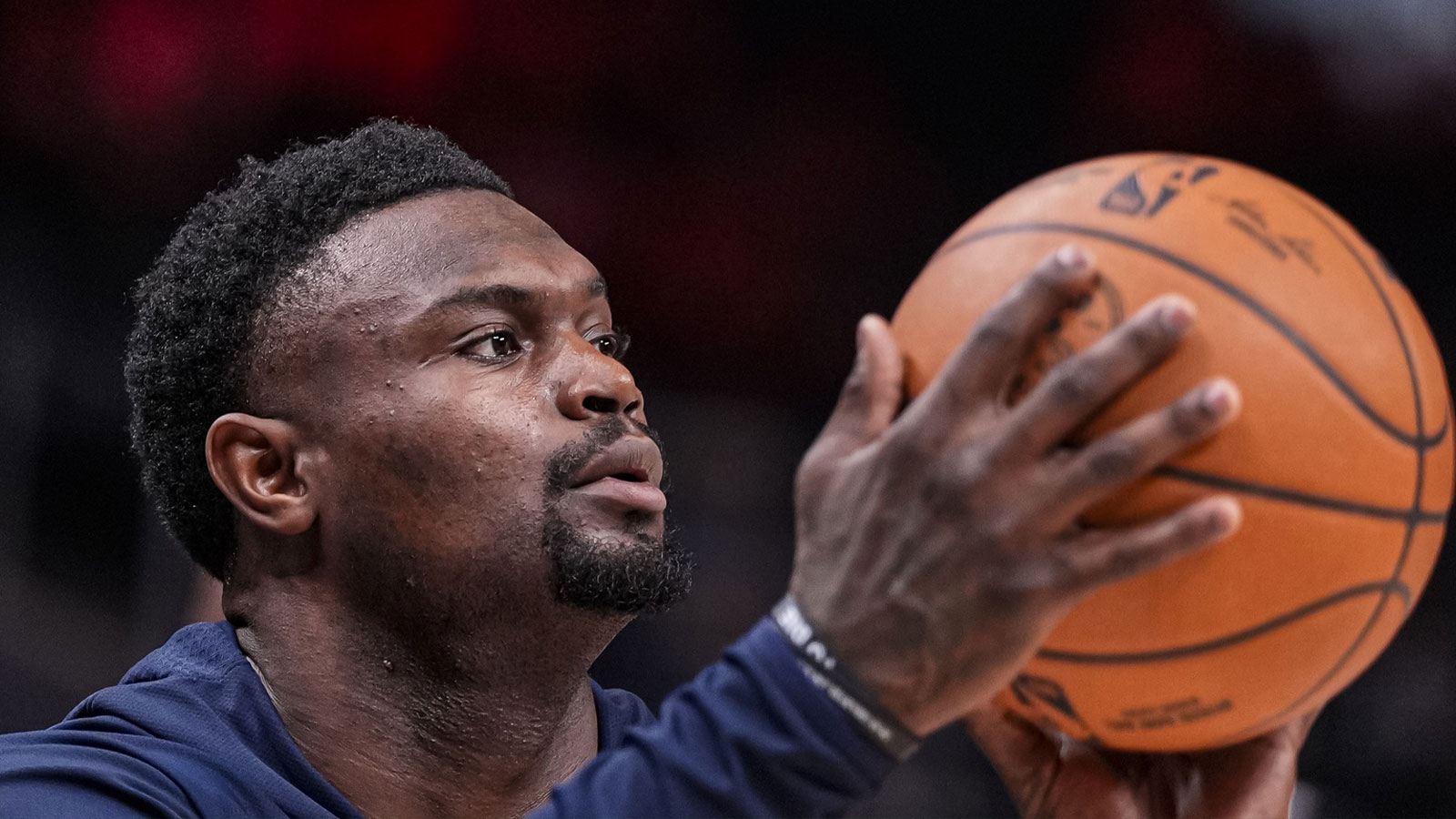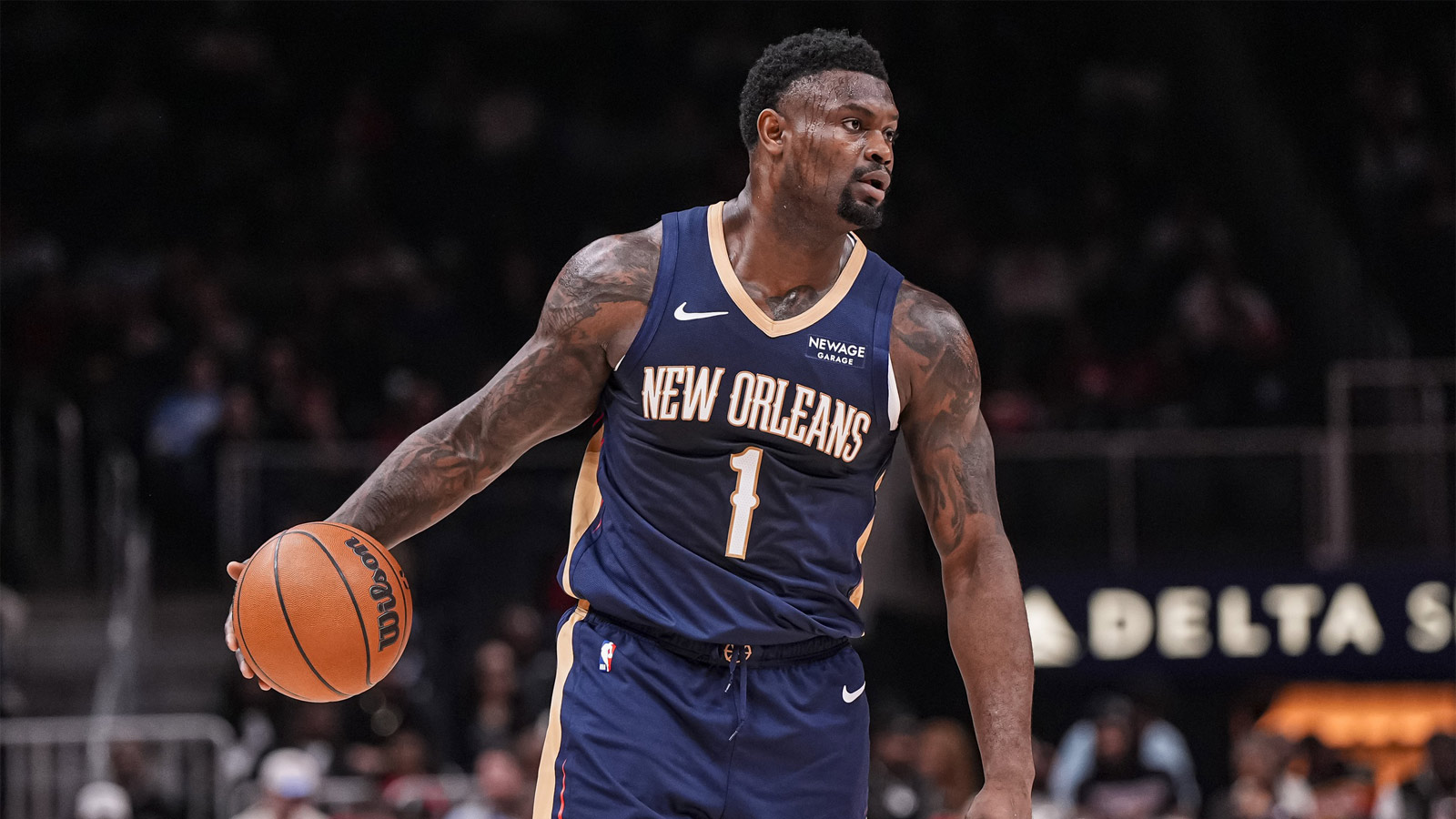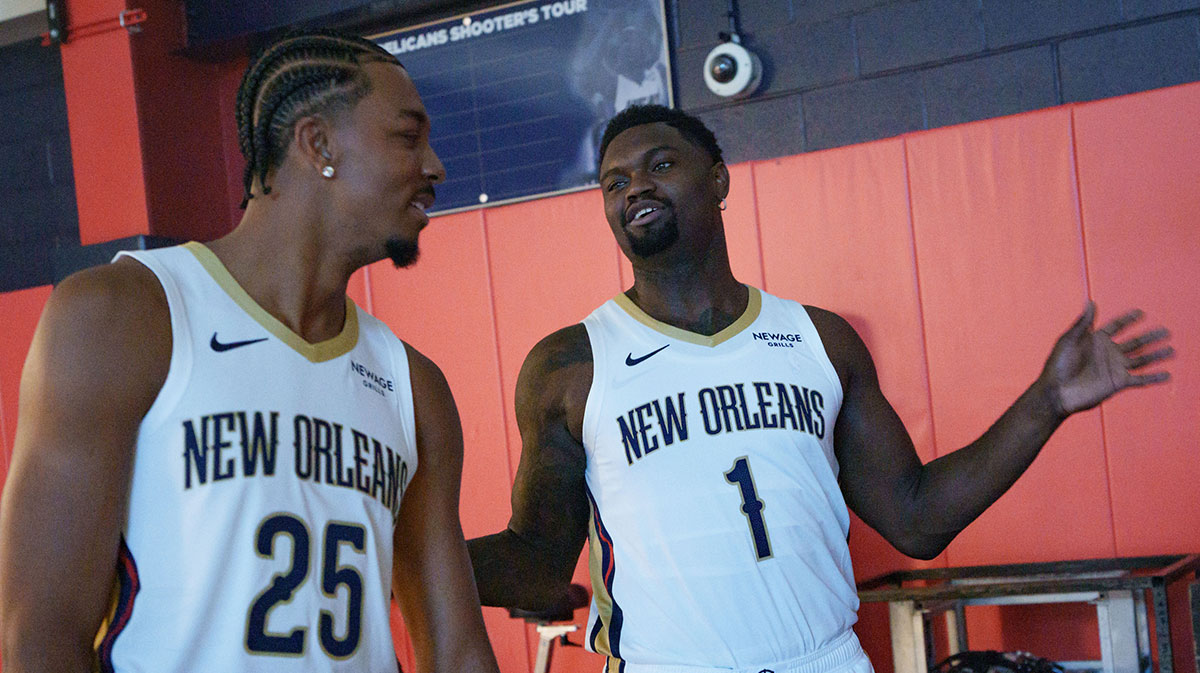EVP David Griffin was not kidding about the New Orleans Pelicans operating with a sense of urgency this offseason. He reached a deal with the Atlanta Hawks for Dejounte Murray before most of the 2024 NBA Draft's dust settled. The lack of a point guard issue is seemingly solved as far as the front office is concerned, and early in the process too. Unfortunately, the Pelicans are dealing with a luxury tax dilemma depending on how the Murray acquisition plays out.
The Pelicans are still looking for a starting center to replace Jonas Valanciunas. Thankfully, New Orleans and Atlanta can, and likely will, expand the deal before July 6. Still, the organization is in a precarious financial situation.
Here’s a closer look at where the team stands after the Murray trade and how Griffin can avoid the new CBA's landmines while still adding talent.
Dejounte Murray's Pelicans tiptoeing taxes
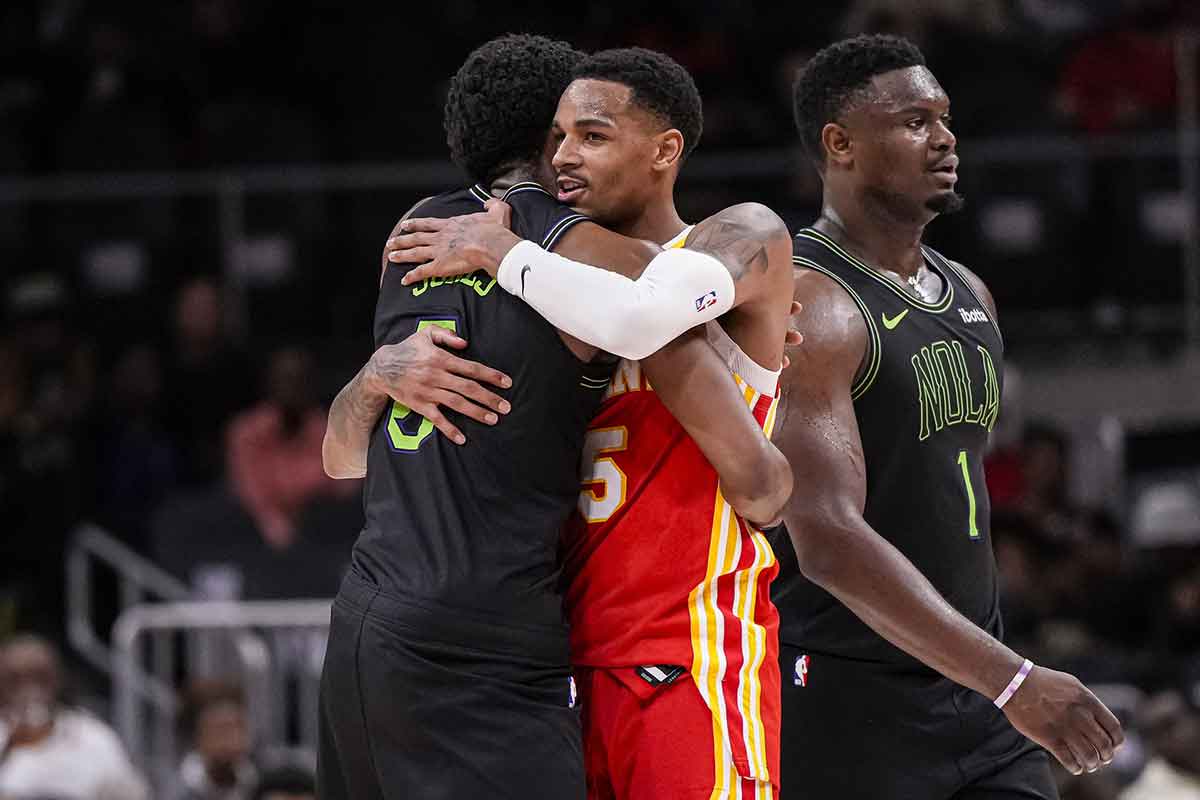
Getting a grip on where Griffin can give and take, and what might be deal-breakers, is an exercise in straightforward accounting. Fans must take the front office's word that the Pelicans would be fine giving Ingram a creatively constructed contract when doing so, though a trade is still very likely.
Zion Williamson, Brandon Ingram, CJ McCollum, Herb Jones and Trey Murphy III plus Murray represent the championship core as things stand. Murray has a 15% trade bonus worth $12.1 million, which raises the cap hits through 2027 by $3 million per year. His $25.3 million salary adjustment for 2024-25 has been included.
- Zion Williamson: $36,725,670
- Brandon Ingram: $36,016,220
- CJ McCollum:$33,333,333
- Dejounte Murray: $28,279,419
- Herb Jones: $12,976,362
- Trey Murphy III: $5,159,855
- Total Cost for Core: $152,490,859
Next season's luxury tax threshold is set at $170,814,420 and this squad has 90% of that committed to six players. The Pelicans have a glaring hole at the starting center position as well. A big move for Lauri Markkanen and Walker Kessler, who account for $21,010,464 in combined salary, will surely include Ingram or McCollum. Keeping fan-favorites Jones and Murphy III and their team-friendly contracts will be crucial to winning any negotiations.
Cap holds, apron limits, and tax histories
Cap holds and rookie scale deals must be factored in even though those players are not officially signed to the roster. The Pelicans must send out approximately $2.7 million in salary to duck under the tax if they keep the core six together. They do not have to duck under that tax line before training camp. For what it's worth, there was time that approach did cost New Orleans four second-round picks to shed Devonte' Graham's salary.
- Jordan Hawkins: $4,525,680
- Yves Missi: $3,193,200
- Jeremiah Robinson-Earl: $2,196,970
- Matt Ryan: $2,196,970
- Jose Alvarado: $1,988,598
- Antonio Reeves: $1.160,544
- Veteran Minimum: 2,087,519
- Veteran Minimum: 2,087,519
- Salary Filler/Holds Total: $19,437,000
This adds up to a roster total of $171,927,859 while leaving open the 15th roster spot. That open spot will come in handy in an expanded trade soon or later down the line. The same goes for 2022 draft-and-stash prospect Karlo Matkovic, who could provide much-needed frontcourt depth. The Pelicans could finally pay the tax but fans should not get ideas about a shopping spree.
Ownership and the front office know the limit. The First Apron Level is $178,132,000 and New Orleans is hard-capped at that level currently. The problem in sticking with this roster means being $1.11 million over the tax line. That results in the clock ticking on some new CBA punishments and ownership paying an almost $4 million luxury tax bill.
The team pocketed over $11 million for staying under the line last season. Having around $7 million in wiggle room is no good if there is no plan to use it. There is also no sense in staying just above the first tax threshold regardless of competitiveness.
Looking at expanded deals
New Orleans and Atlanta are not the only teams looking to expand a deal. The New York Knicks and Brooklyn Nets have good reasons to expand the Mikal Bridges blockbuster. Saying goodbye to Dyson Daniels and Larry Nance Jr. is one thing. New Orleans fans sending Jose Alvarado back home to the Big Apple to duck the tax would be a different kind of offseason realization that things are changing in the Big Easy.
That scenario would sting a little, but this roster has been upgraded substantially already. Now Griffin and newly-promoted GM Bryson Graham have just a couple more things to check off the summer to-do lists like finding a starting center and another sure-fire playoff contributor. Swooping in to scoop up Lauri Markannen-Walker Kessler in the same deal would be another feather in the cap for the front office. Finding a way to get Wendell Carter Jr. from the Orlando Magic is a decent backup plan.
The Sacramento Kings and Golden State Warriors have been mentioned as possible landing spots for Brandon Ingram. Perhaps the Orlando Magic make something out of nothing after striking out in free agency. Either way, the Utah Jazz could help make those trades possible with Markannen and Kessler.
Utah would get expiring contracts, exciting prospects, and draft picks back in return. New Orleans would get to enjoy a mini-vacation before Summer League action tips off knowing the heavy lifting was already done. Focusing full-time on developing Yves Missi, Jordan Hawkins, and Antonio Reeves while in Las Vegas would be a true franchise luxury. It's seemingly been nothing but earthquakes and injury headaches since 2019.
Now consider the cap sheet for the 2025-26 season, which will get every executive's attention.
- Zion Williamson: $39,446,090
- Dejounte Murray: $30,300,753
- CJ McCollum: $30,666,666
- Herb Jones: $13,937,574
- Trey Murphy III: $25,000,000
- Jordan Hawkins: $4,741,320
- Yves Missi: $3,500,000
- Total: $147,592,403
Acquiring Murray may have been one of those Marlo Stanfield “good problems to have,” but it has created a luxury tax issue. Committing about $140 million into a “Death Lineup” of sorts makes sense. Adding in Missi, Hawkins, and a few other cap holds creates a roster-squeezing cap crunch rather quickly, however.
Whatever happens with Ingram, the Pelicans are most likely going to shave another couple of million off of the salary cap before next summer. The roster around Williamson gets really expensive once Murray, Jones, and Murphy III's contract extensions kick in.

